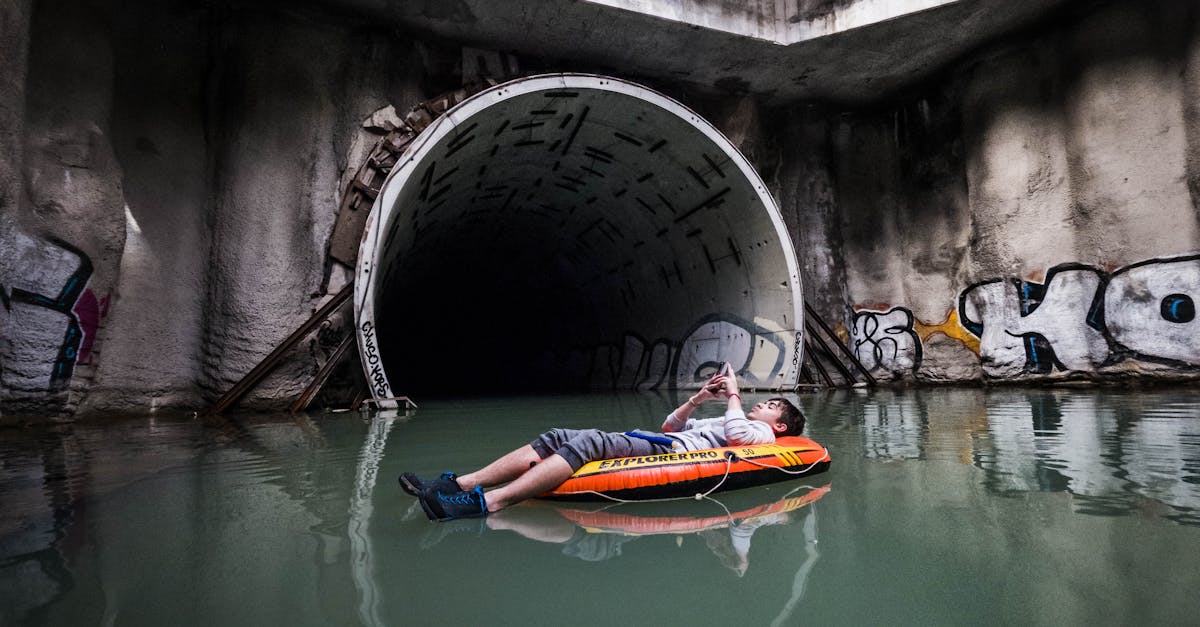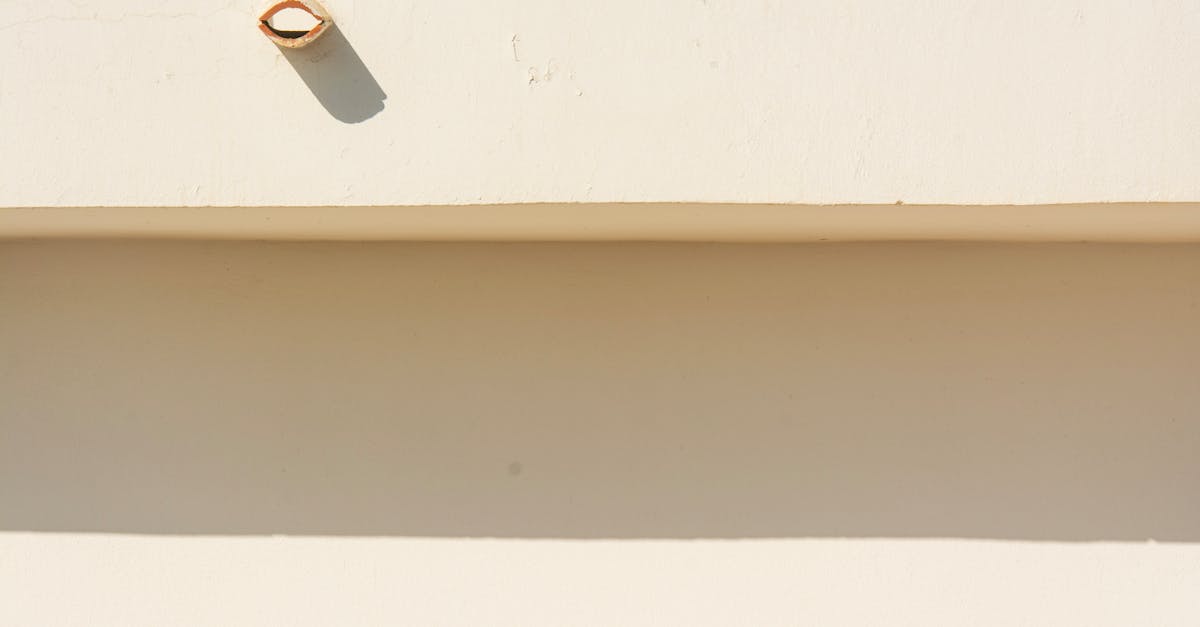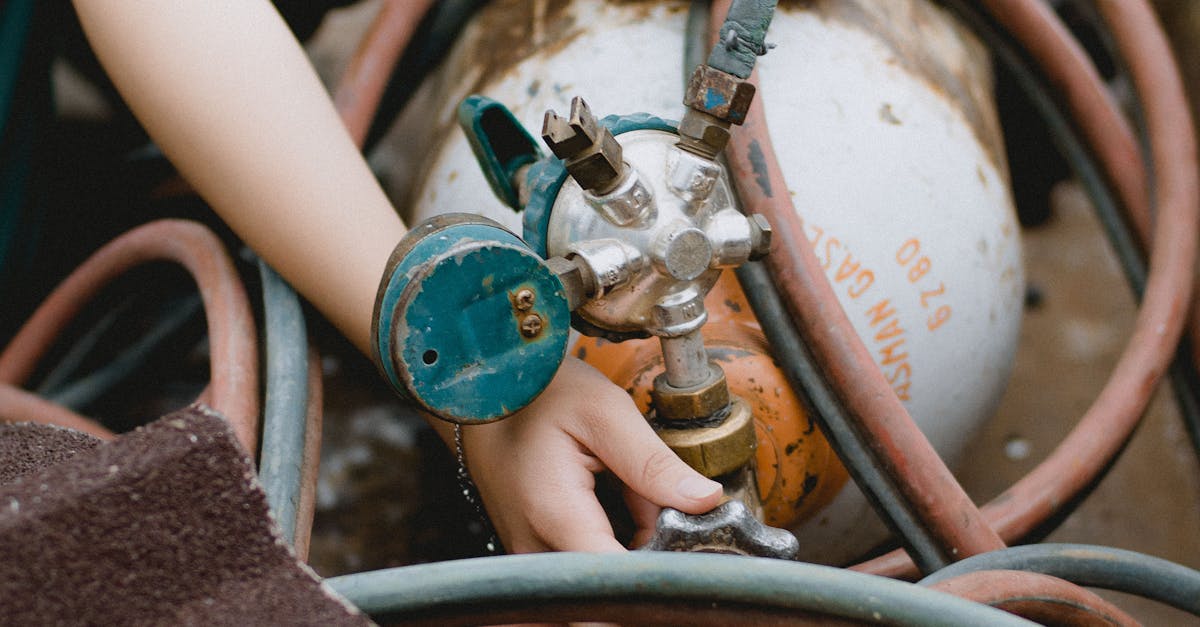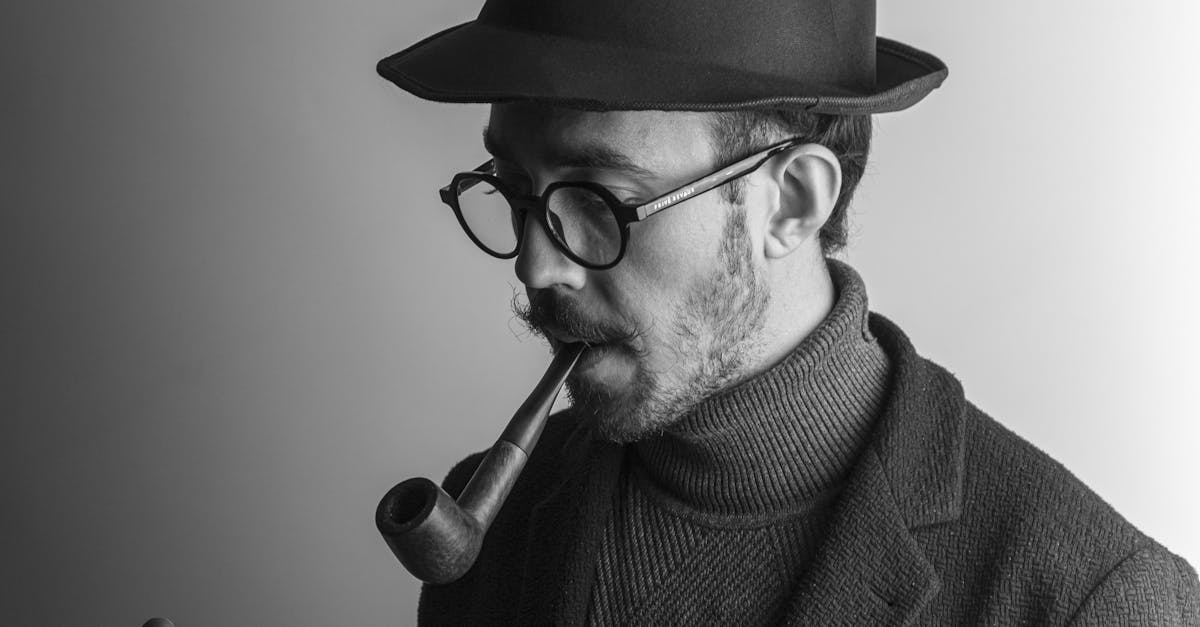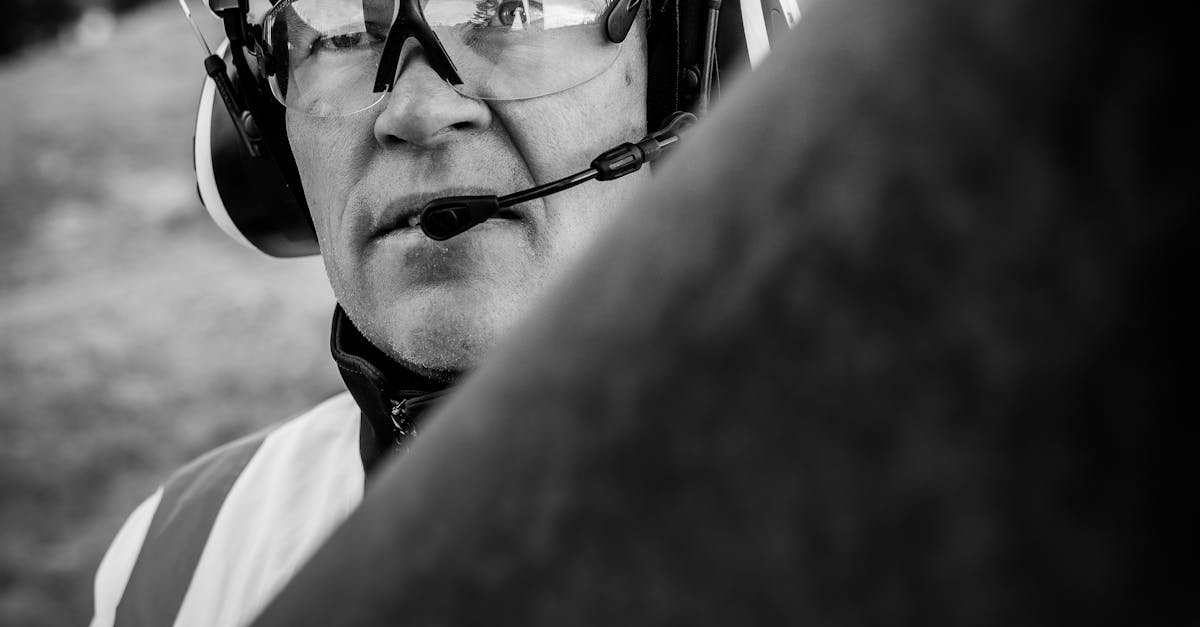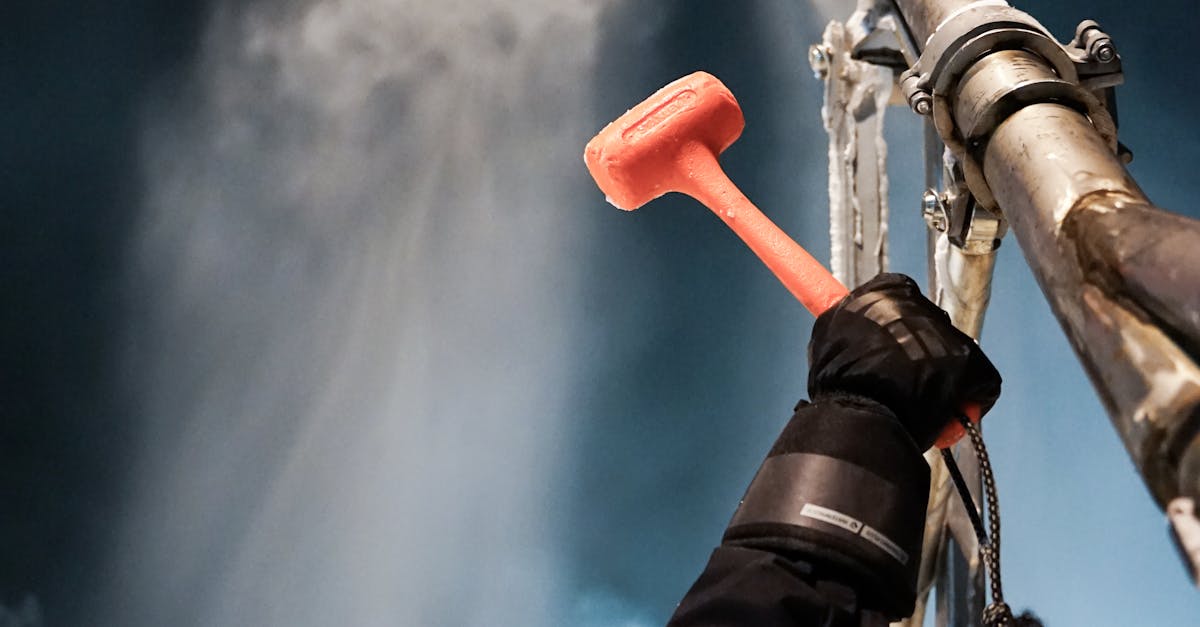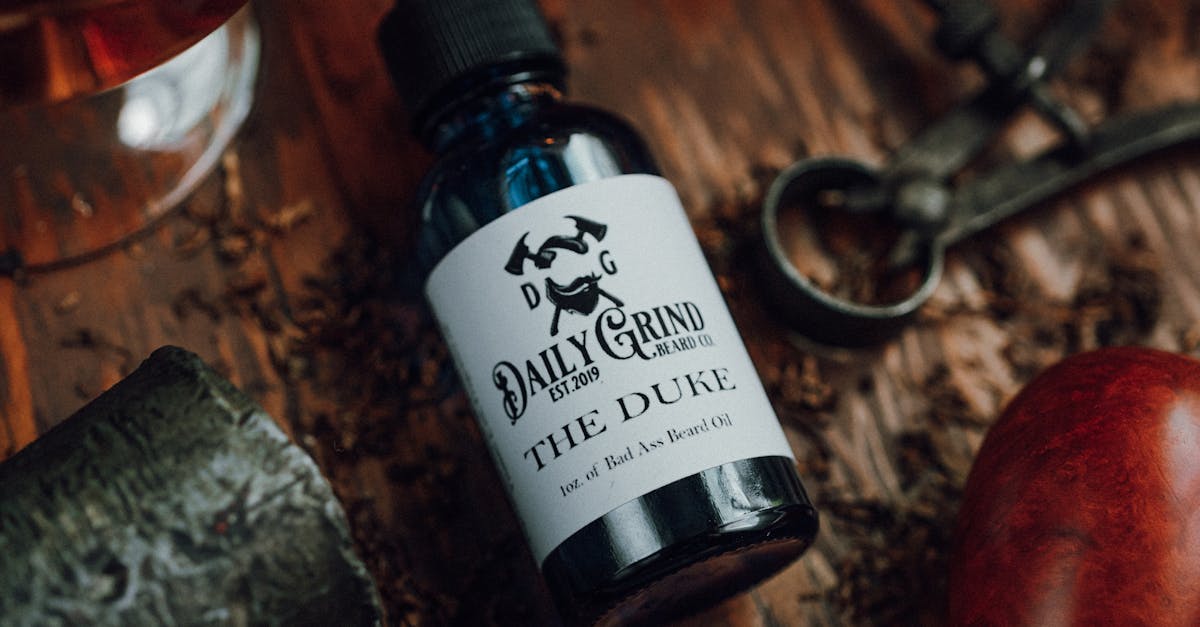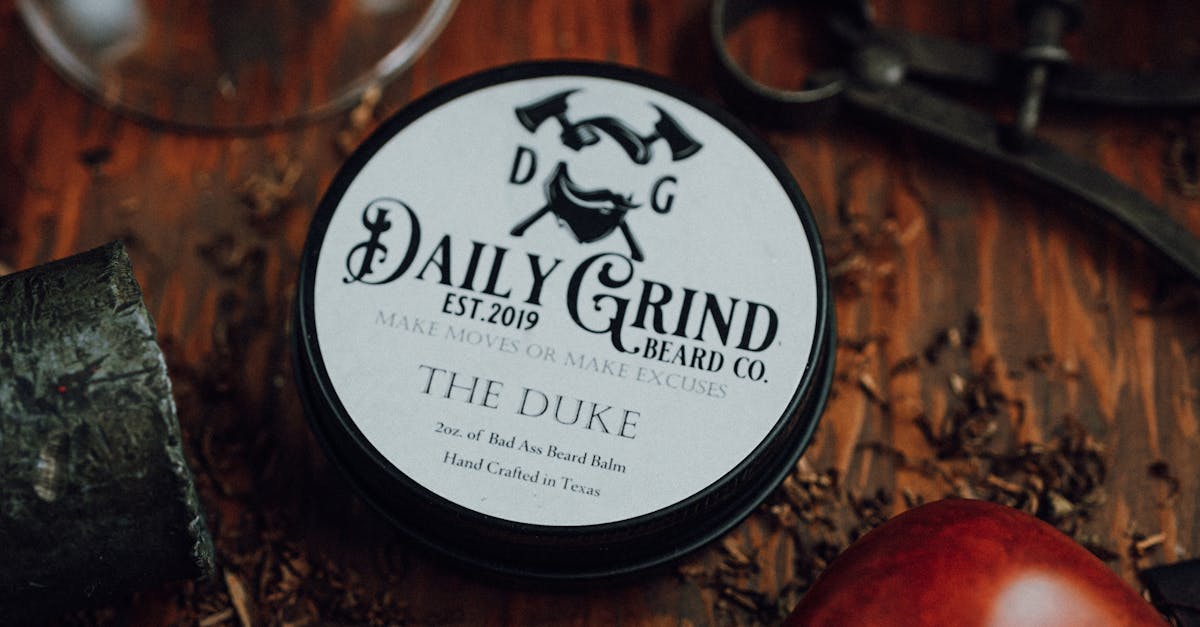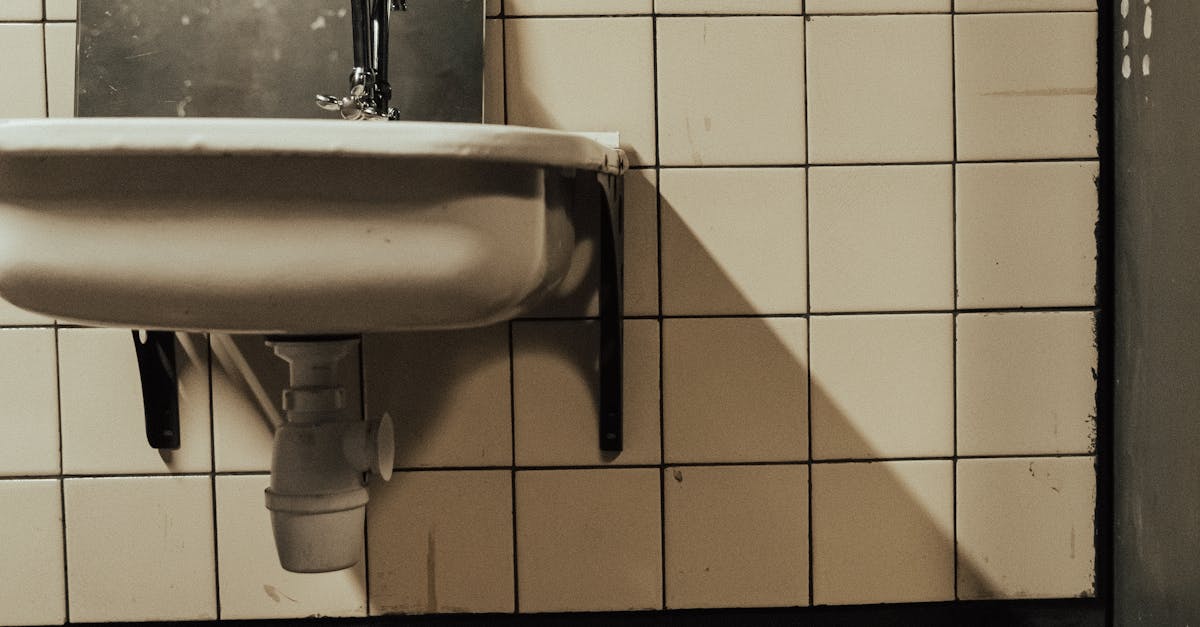
Table Of Contents
Benefits of Pipe Relining
Pipe relining offers several benefits that contribute to the longevity and efficiency of drainage systems. One primary advantage is its ability to restore the structural integrity of existing pipes without the need for extensive excavation. This method utilises a resin-coated liner that adheres to the inner walls of the pipes, effectively repairing cracks, leaks, and blockages. Homeowners can often enjoy a more efficient drainage system with fewer interruptions, reducing overall maintenance concerns.
Another significant benefit of pipe relining is its cost-effectiveness in the long run. While initial costs might be comparable to traditional methods, the reduced need for excavation and landscaping makes it a more attractive option. Additionally, the lifespan of a relined pipe can exceed that of its existing counterpart, leading to savings on potential future repairs. This combination of reduced disruption and durability makes pipe relining a practical choice for property owners looking to maintain their drainage systems efficiently.
Longterm Financial Advantages
Investing in pipe relining offers substantial long-term financial advantages. Traditional methods of pipe repair often involve extensive excavation and replacement, leading to higher upfront costs. In contrast, pipe relining provides a more cost-effective solution for restoring damaged drain pipes without the disruptive digging. The reduced labour and material expenses with this approach contribute to long-term savings for homeowners.
Additionally, the durability of relined pipes results in diminished maintenance costs over time. Pipe relining typically uses materials designed to last for decades, minimising the likelihood of future repairs or replacements. This robust lifespan not only alleviates immediate financial burdens but also enhances property value, making it a wise investment for homeowners keen on safeguarding their assets.
Comparing Reline Methods
When considering pipe relining, several methods are available, each with its distinct features and cost implications. The most common techniques include cured-in-place pipe (CIPP) lining and fold-and-form lining. CIPP involves inserting a resin-saturated liner into the damaged pipe, which is then inflated to form a new pipe within the old one. This method offers durability and is ideal for a range of pipe materials, making it popular among homeowners and businesses alike. On the other hand, fold-and-form lining uses a folded liner that is heated and expanded to fit the existing pipe, ensuring a snug fit.
The costs associated with each method can vary significantly based on factors such as the size of the pipe and the extent of the damage. CIPP tends to be more expensive due to the materials and technology involved, while fold-and-form might present a more cost-effective solution for less extensive repairs. When comparing these methods, it’s essential to consider not only the upfront costs but also the longevity and efficiency of the repair. This evaluation will involve assessing the specific needs of the plumbing system and the potential impacts on your budget in the long term.
Different Techniques and Their Costs
Various techniques for pipe relining offer distinct costs and benefits. Traditional methods, involving a series of manual processes, can be more labour-intensive and may incur higher overall expenses. Alternatively, newer technologies utilise trenchless methods that minimise disruption and can lead to quicker installation times. While these advanced techniques may come with a higher upfront cost, they often result in long-term savings by reducing the likelihood of future repairs.
The overall cost of pipe relining also varies based on the condition and diameter of the existing pipes. Larger pipes or those with significant damage may require more extensive work, increasing the total cost. Additionally, market factors such as local competition and material availability can play a role in pricing. Homeowners should gather detailed quotes that outline the specific techniques used and any additional fees, ensuring they have a clear understanding of the financial commitments involved.
How to Choose a Service Provider
Selecting a service provider for pipe relining involves careful consideration of several factors. Start by seeking recommendations from friends, family, or online reviews to gauge the reputation of potential contractors. Look for companies that specialise in pipe relining, as their expertise can significantly impact the quality of the work. Verify that the provider is licensed and insured, which protects you in case of any accidents or damage during the project.
Once you identify a few candidates, request detailed quotes that outline the costs involved and the scope of work. A trustworthy provider should be transparent about the materials used and any additional fees that may arise. Don't hesitate to ask questions regarding their experience with similar projects and the techniques they employ for pipe relining. Assessing these aspects will help ensure you choose a reliable service provider who can deliver satisfactory results.
Evaluating Quotes and Services
When evaluating quotes for pipe relining services, it is essential to consider the details provided in each estimate. Look for a comprehensive breakdown of costs that includes materials, labour, and any additional fees. A transparent quote will help you understand what you are paying for and ensure there are no hidden charges. Compare quotes from multiple service providers to gauge the average market rate and avoid being overcharged.
Beyond the costs, assess the services offered by each provider. Check their experience with pipe relining and any warranties they might offer on their work. Customer reviews and testimonials can provide insights into the quality of their service and reliability. Selecting a provider with a solid reputation can lead to better outcomes and peace of mind regarding the durability of the relined pipes.
FAQS
What is the average cost of relining drain pipes in Australia?
The average cost of relining drain pipes in Australia typically ranges from $300 to $1000 per metre, depending on various factors such as the extent of damage, the type of materials used, and the specific techniques employed.
Are there any long-term financial benefits to relining drain pipes?
Yes, relining drain pipes can offer long-term financial benefits by preventing future damage and reducing the need for costly repairs. It can also enhance property value and save on potential excavation costs associated with traditional pipe replacement.
What are the different methods of pipe relining and their costs?
Common methods of pipe relining include cured-in-place piping (CIPP), slip lining, and pipe bursting. The costs for these methods can vary, with CIPP generally being the most popular and often costing between $350 to $800 per metre, depending on the complexity of the job.
How do I choose a reliable service provider for pipe relining?
To choose a reliable service provider, consider their experience, customer reviews, and whether they offer warranties or guarantees on their work. It's also important to evaluate multiple quotes to compare pricing and services.
Is pipe relining a better option than traditional pipe replacement?
In many cases, pipe relining is a better option than traditional pipe replacement as it is less invasive, quicker, and often more cost-effective. However, the best choice depends on the specific condition of your pipes and the extent of the damage.


